The vet said that the goats were wormer resistant and the types of wormers were likely not used properly or in large enough doses. Again, this does not make sense because the babies I sold and the ones living on another farm are not sick and dying. I honestly thought this little one would make it.
She was spunky and noisy and called for me whenever she heard my voice or saw me. That is what bottle fed babies do though. I was annoyed with her and did not like the constant bawling from her. Maybe she felt my distaste and since she had no mom, felt rejected. I don't know.
I went out to feed the goats this afternoon and she was down and crying. I picked her up, though she could not stand, so I carried her in to the porch and gave her some Jersey milk. She drank about 2 ounces only and a bit later drank the rest. I gave her some rolled oats and some fresh hay. She ate a mouthful of oats and no hay and did not drink any water. She is so weak she cannot hold her head up. I gave her vitamins and minerals, a shot of penicillin in case she has an infection and also another shot of chemical wormer. There is little else I can do for her. She is in the porch on some blankets. Robbie the border collie is keeping her clean and she is occasionally whimpering. She will not last until morning though, I am quite sure of it. So sad.
I am so deeply sorry little one. I have failed you somehow. I ask your forgiveness for not seeing you were sick and finding a way to help you. I don't know what else I can do for you now and ask the Creator to give you peace as you cross the rainbow bridge.

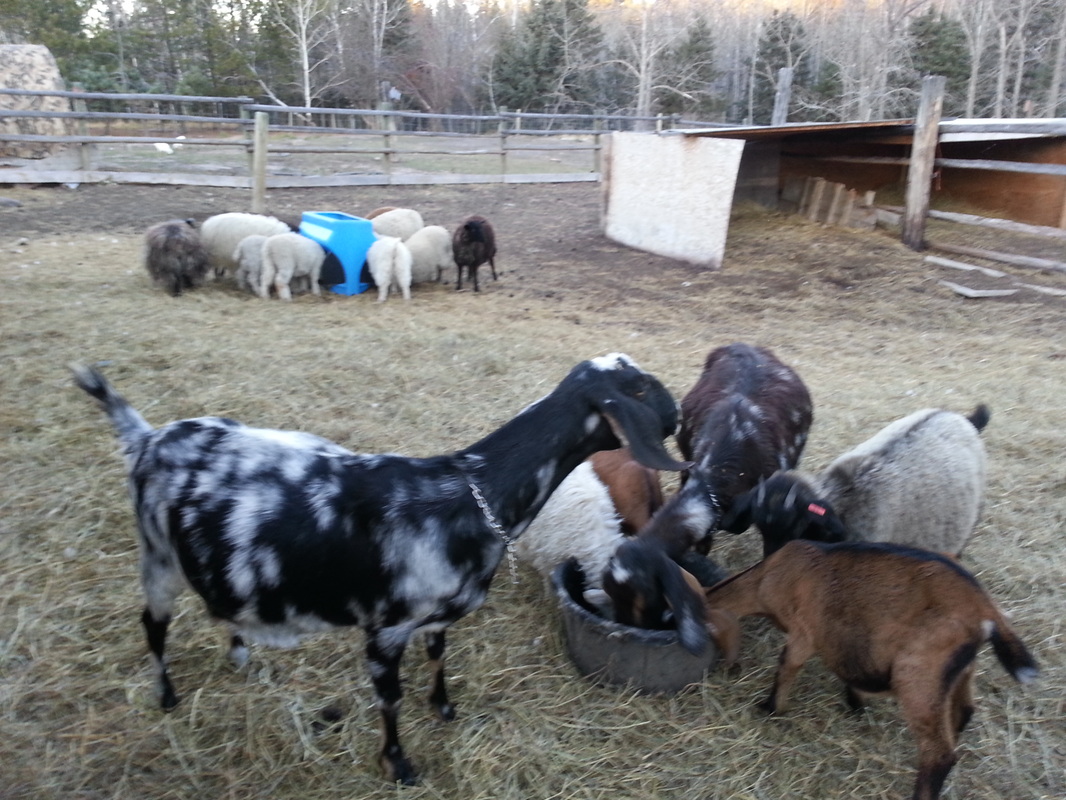
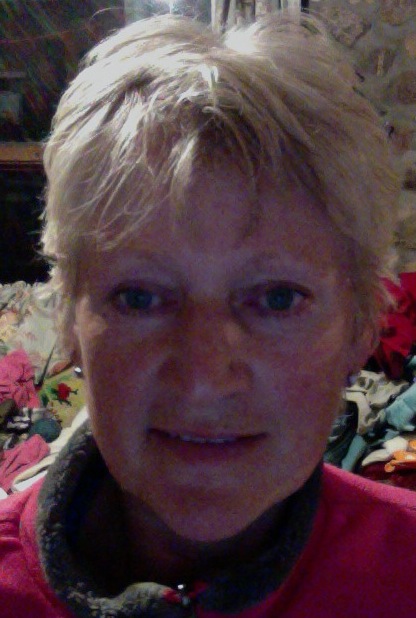
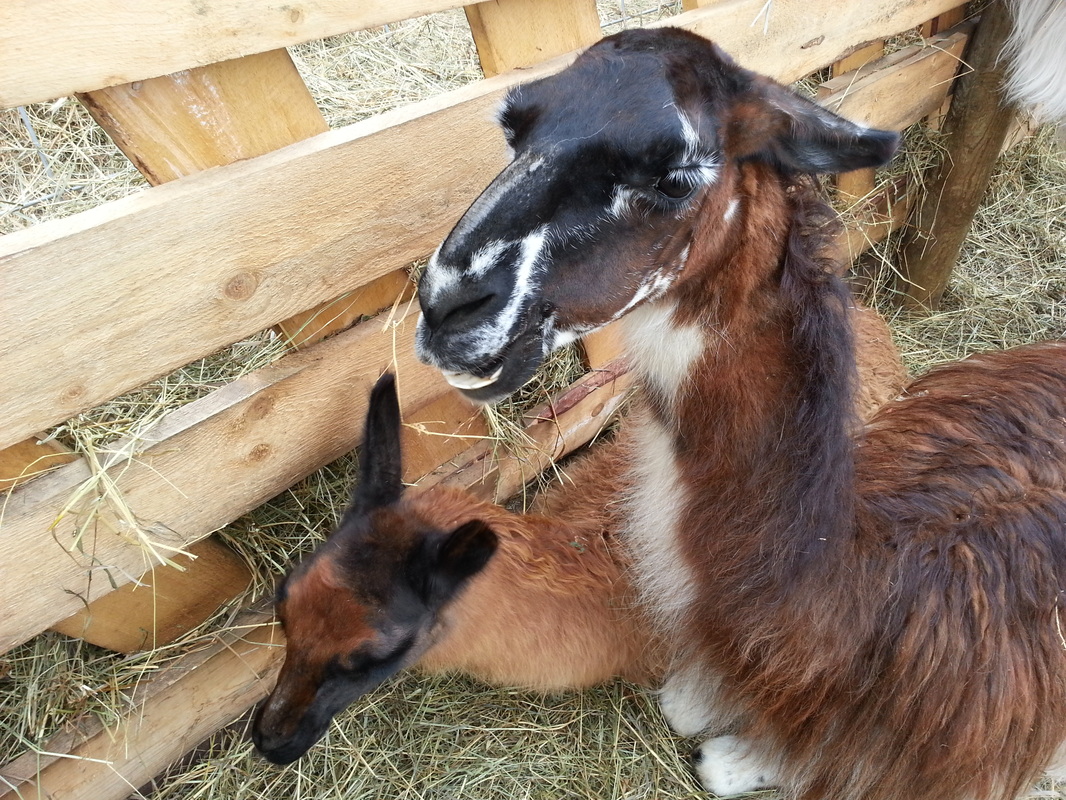
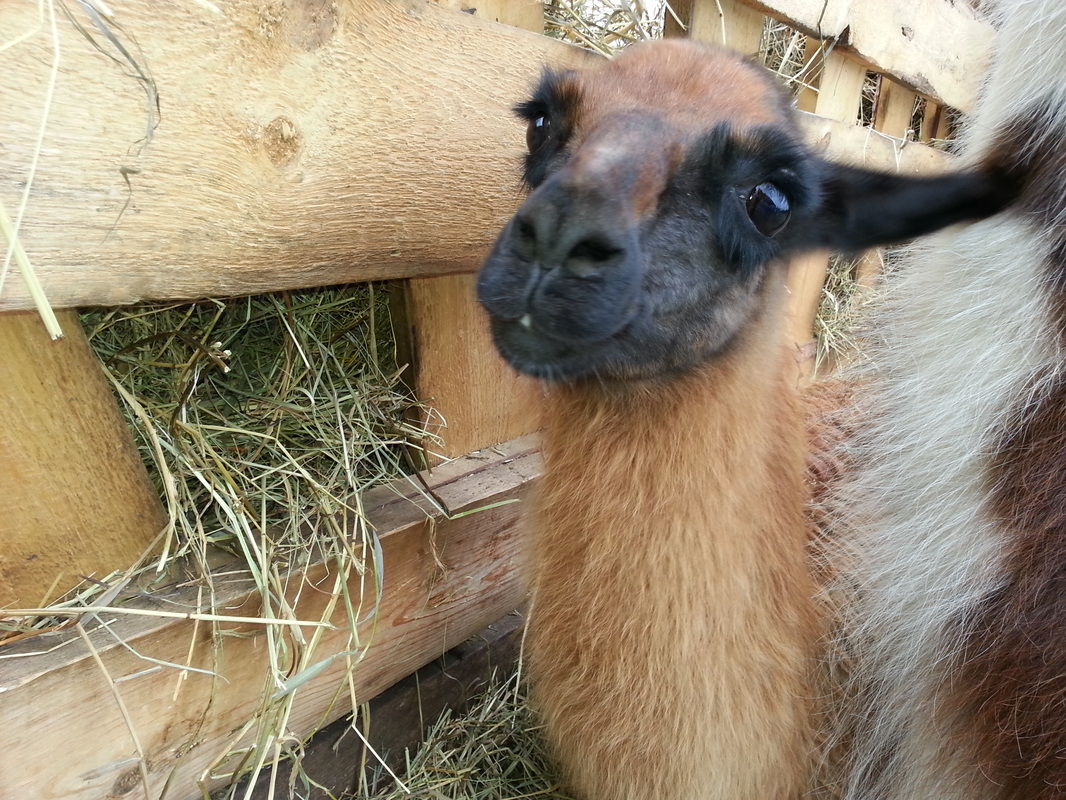

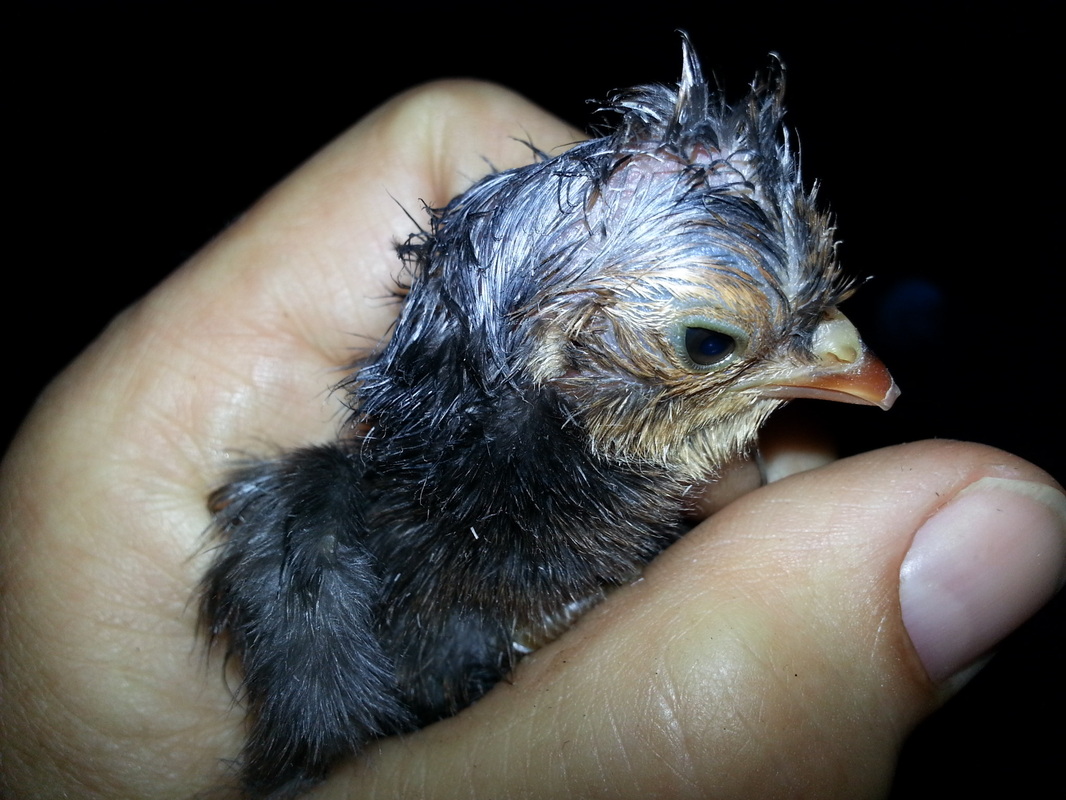
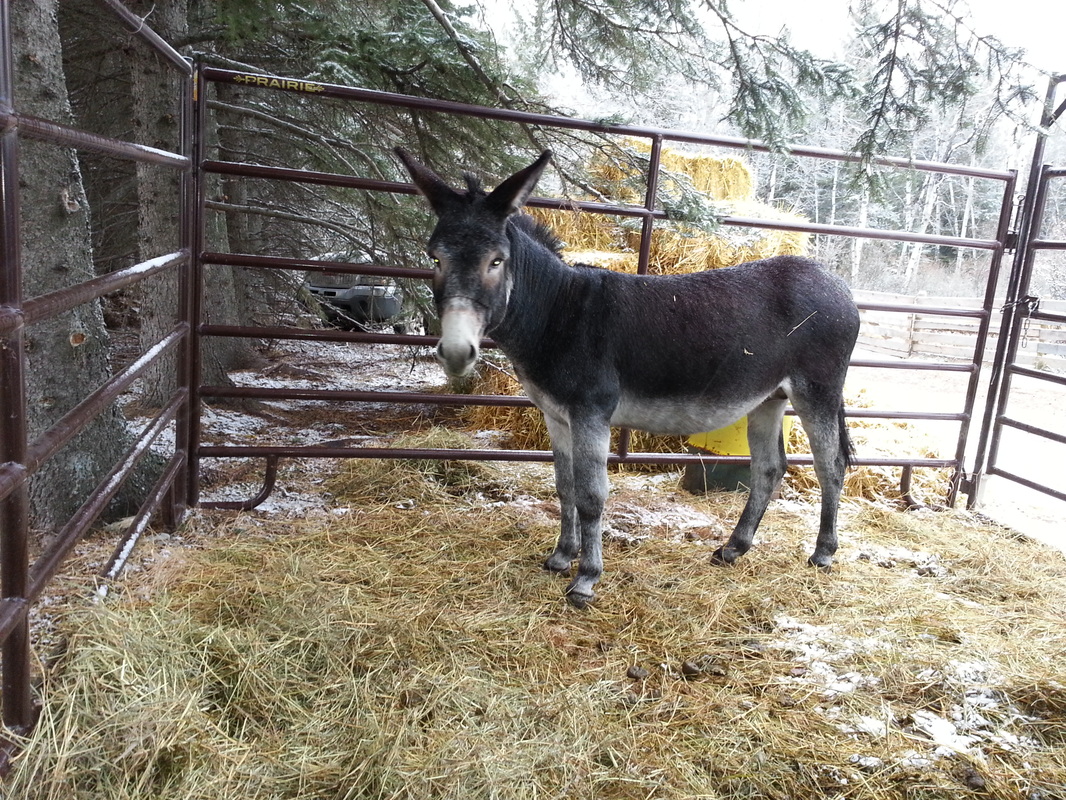
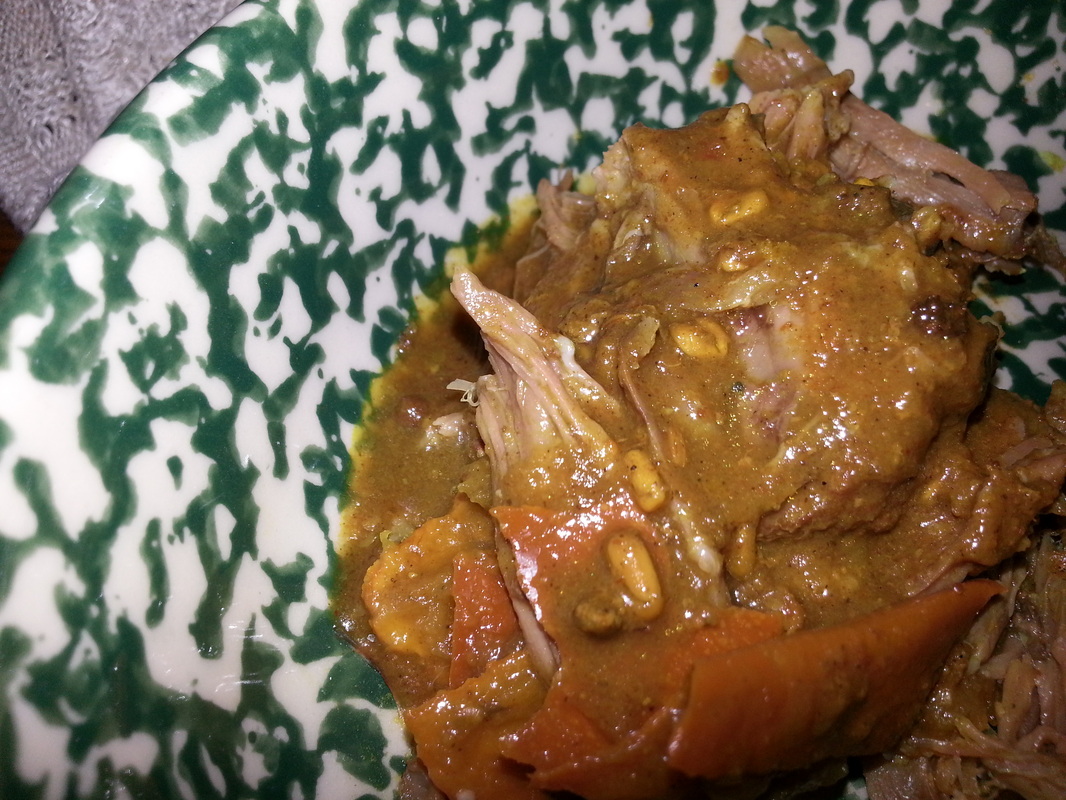
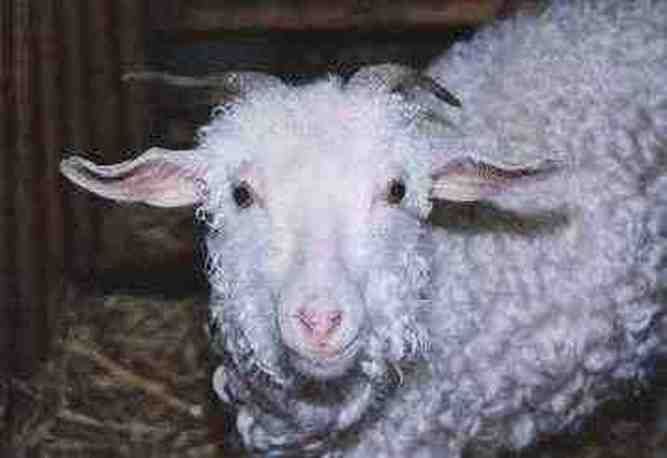
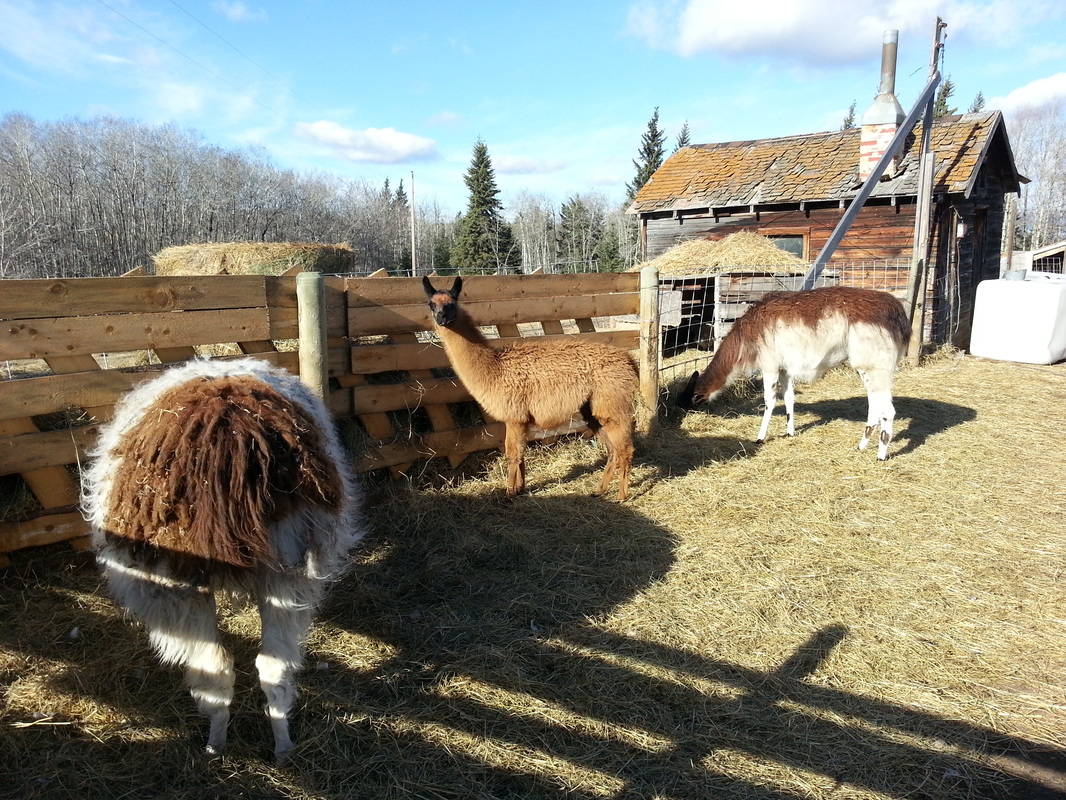
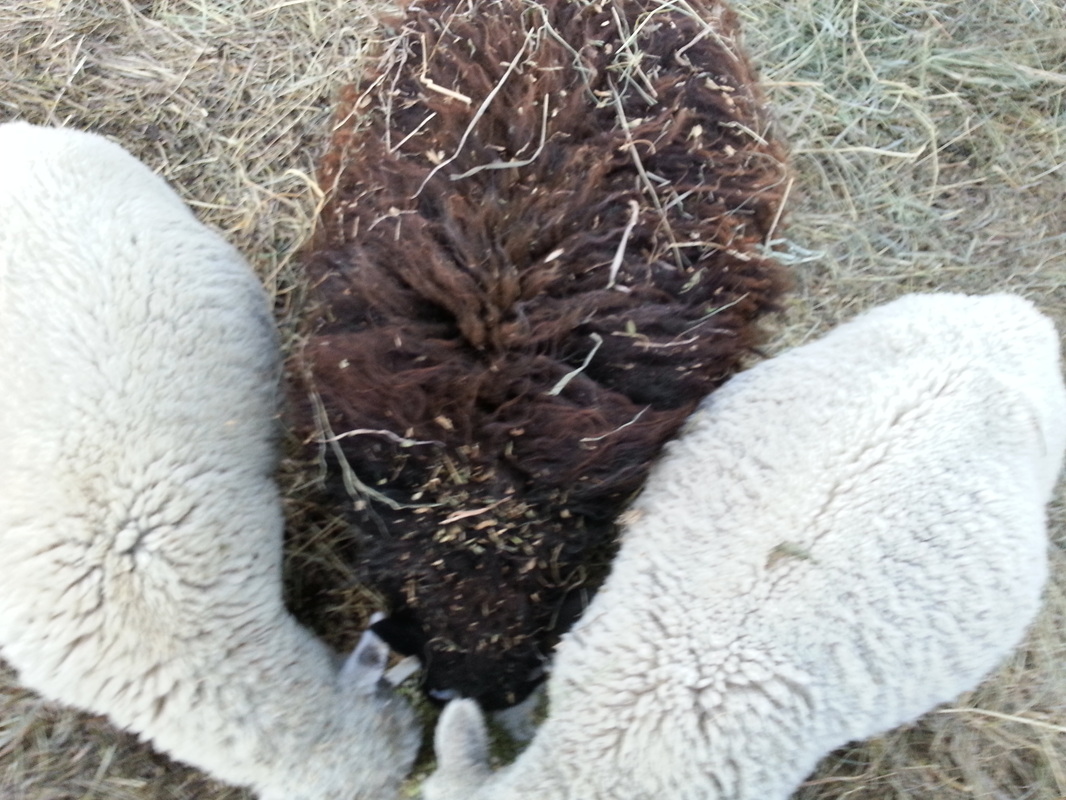
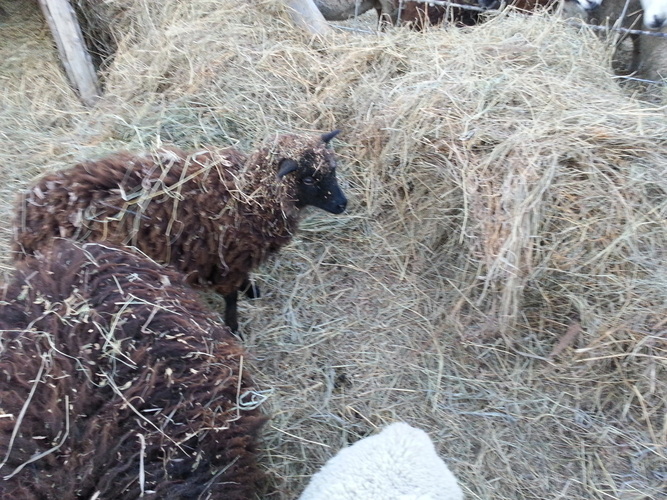

 RSS Feed
RSS Feed